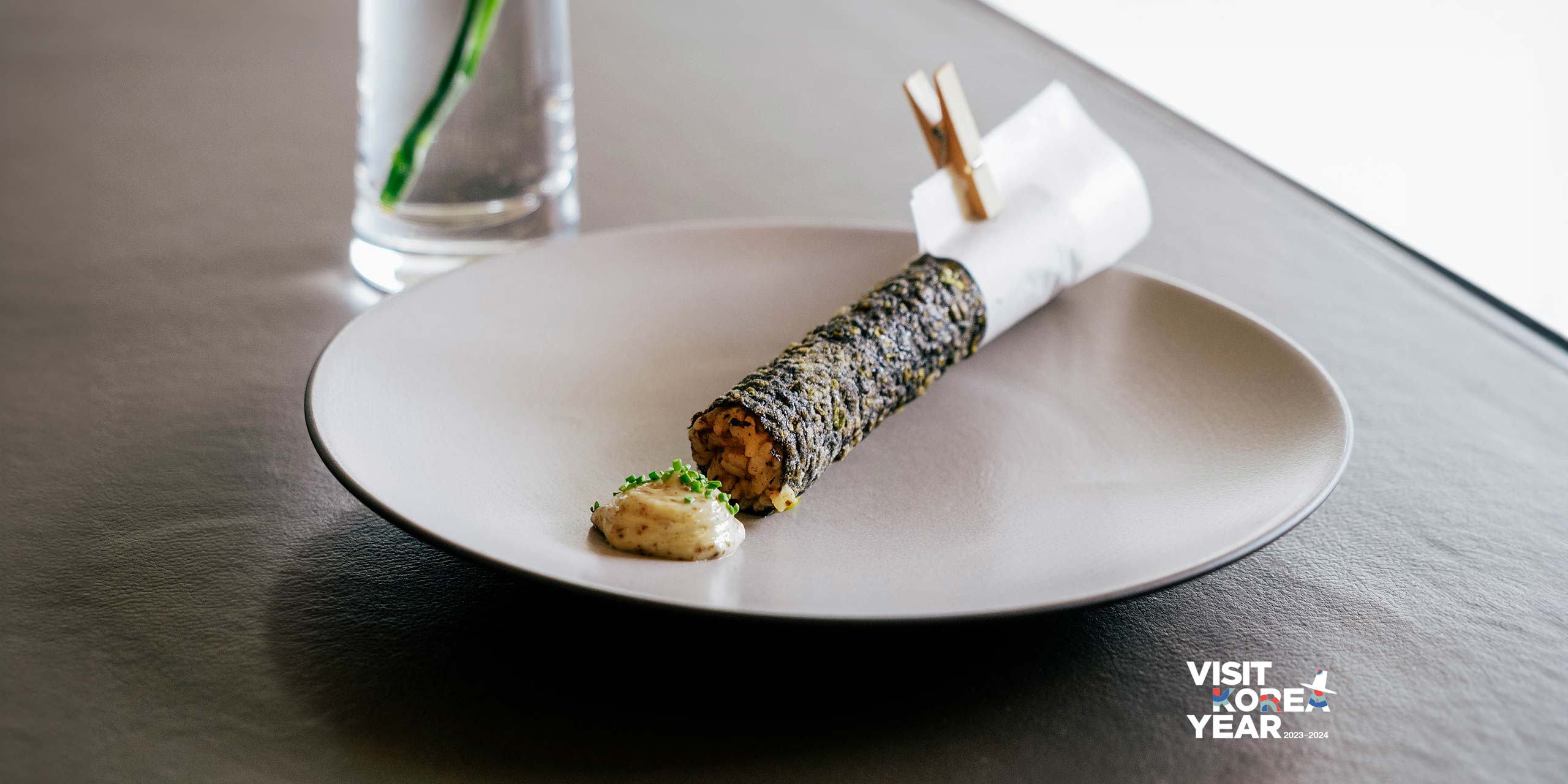
For decades, Korean cuisine sat in the shadows as the food cultures of regional peers like Japan stole the international spotlight. Those days are long gone. Korean food is having a moment in a big way.
While you can find kimchi, bibimbap, and smoky Korean barbecue in nearly every corner of the Earth today, you need to visit the country to experience the full breadth of its flavors.
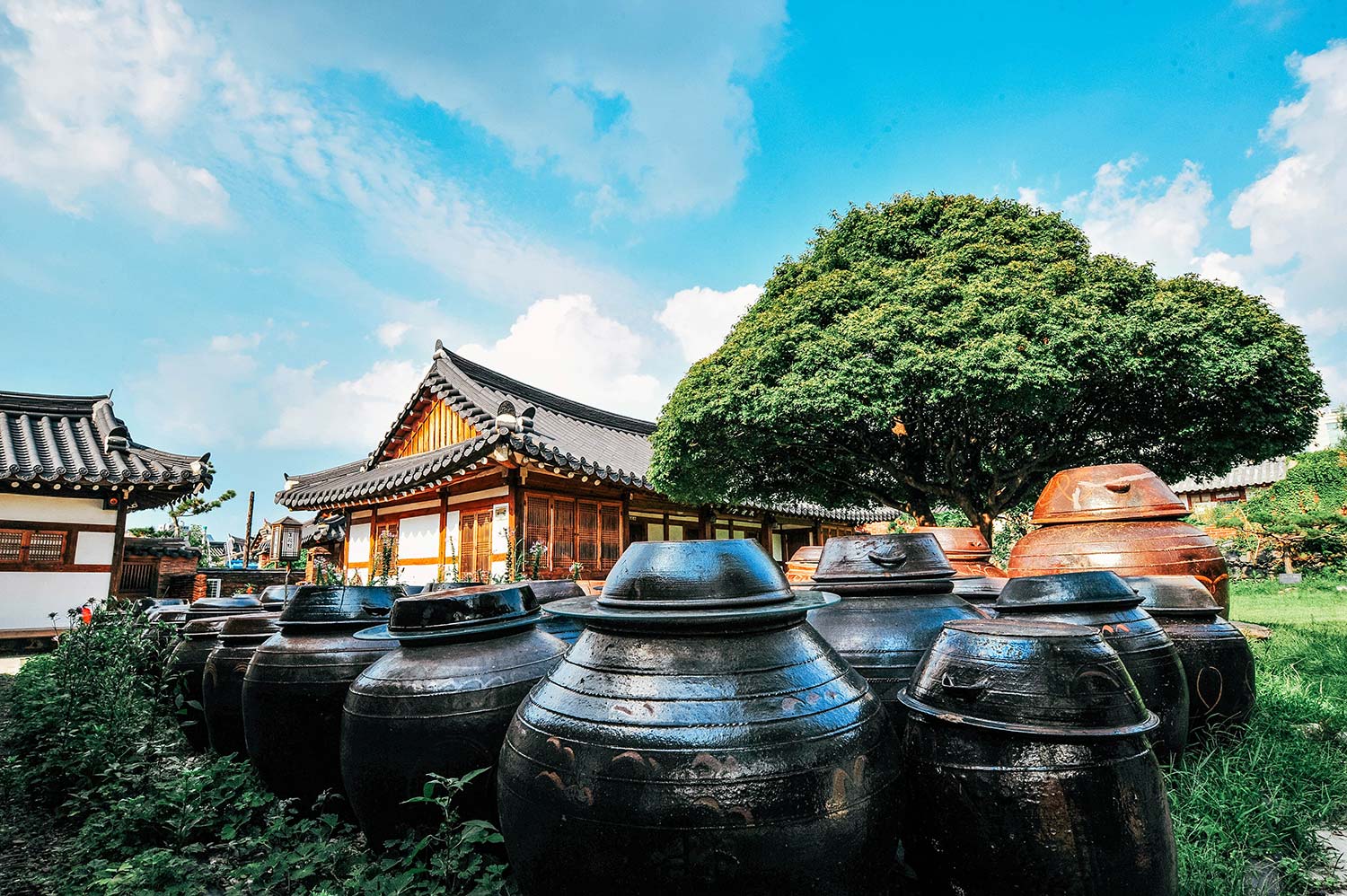
From the electric capital Seoul to its thriving southern port Busan, decades-old gui (grills) and mom-and-pop restaurants have become traveler favorites, largely thanks to hallyu, the Korean wave.
Meanwhile, a new generation of culinary talent has increasingly elevated Korean traditions to the fine-dining level. In 2023, there were 33 Michelin-starred kitchens in Seoul alone, including a rare three-starred establishment, Mosu.
No surprise for a culture where having a good drink with friends, family, or colleagues is a near-nightly rite, a world-class bar scene has grown together with the country’s culinary scene, too.
If you love the finer things in life, there’s no better time to be in Korea.
Feast on Seoul Food
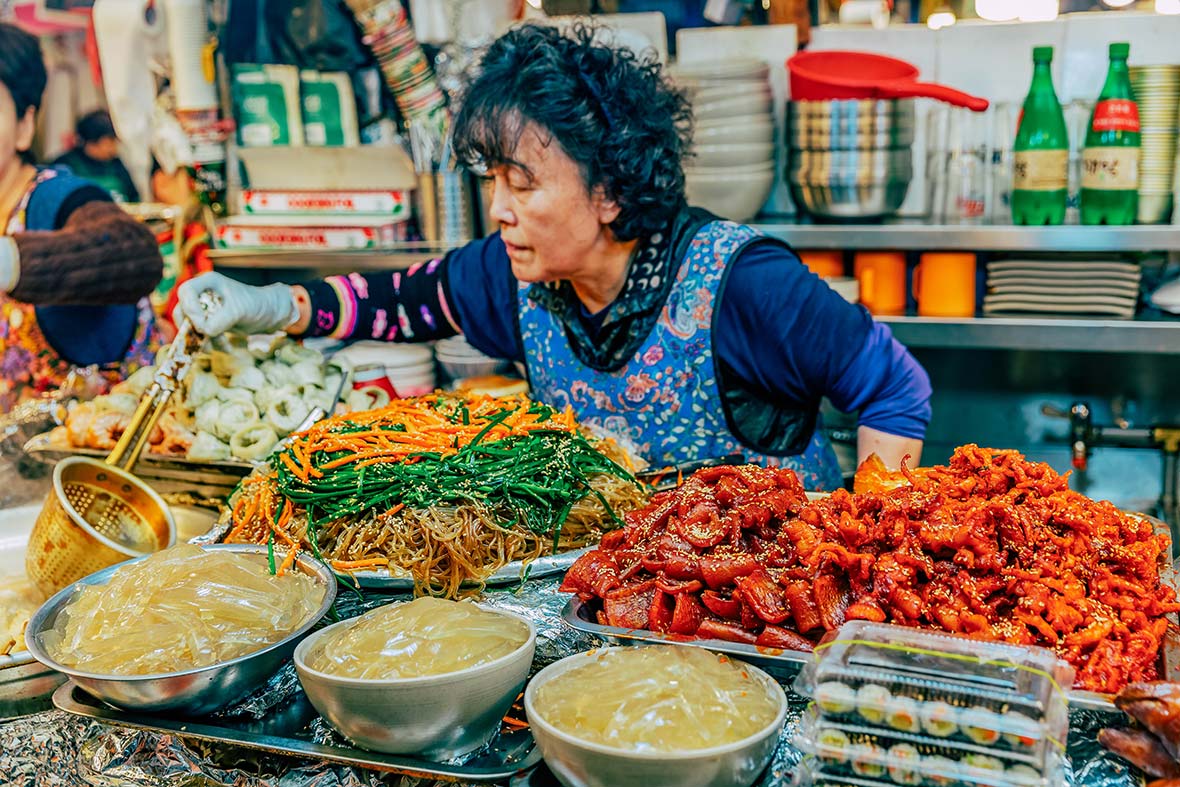
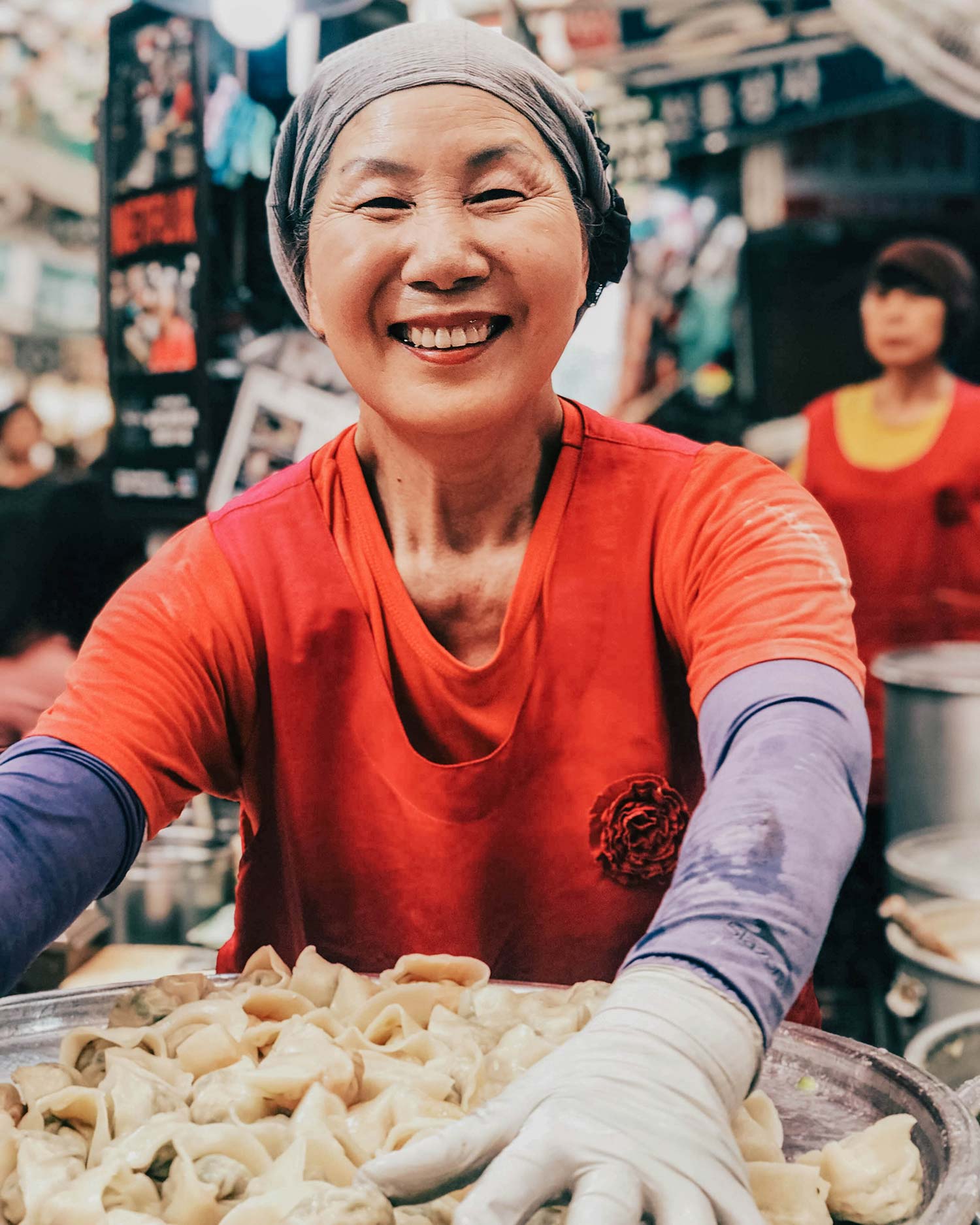
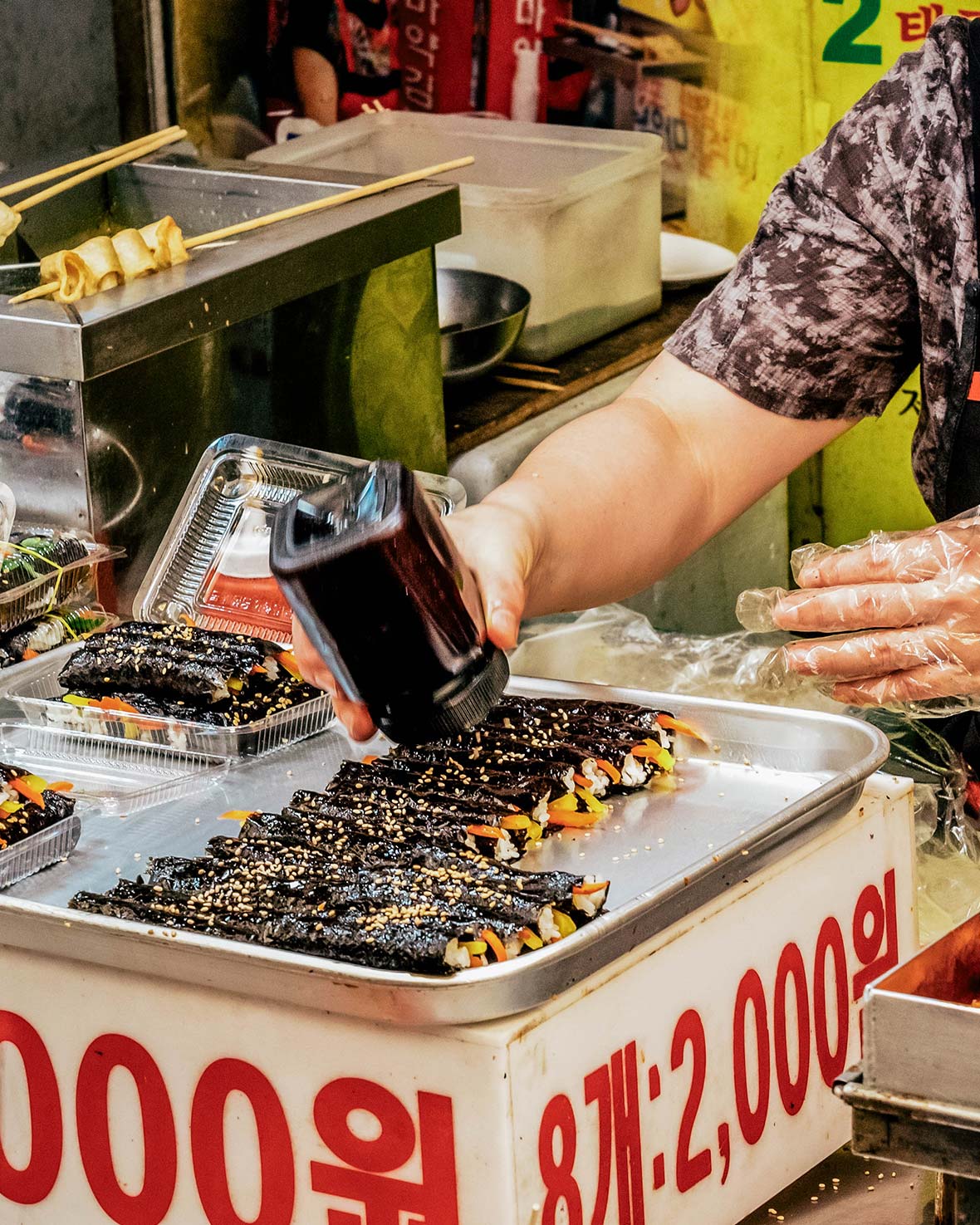
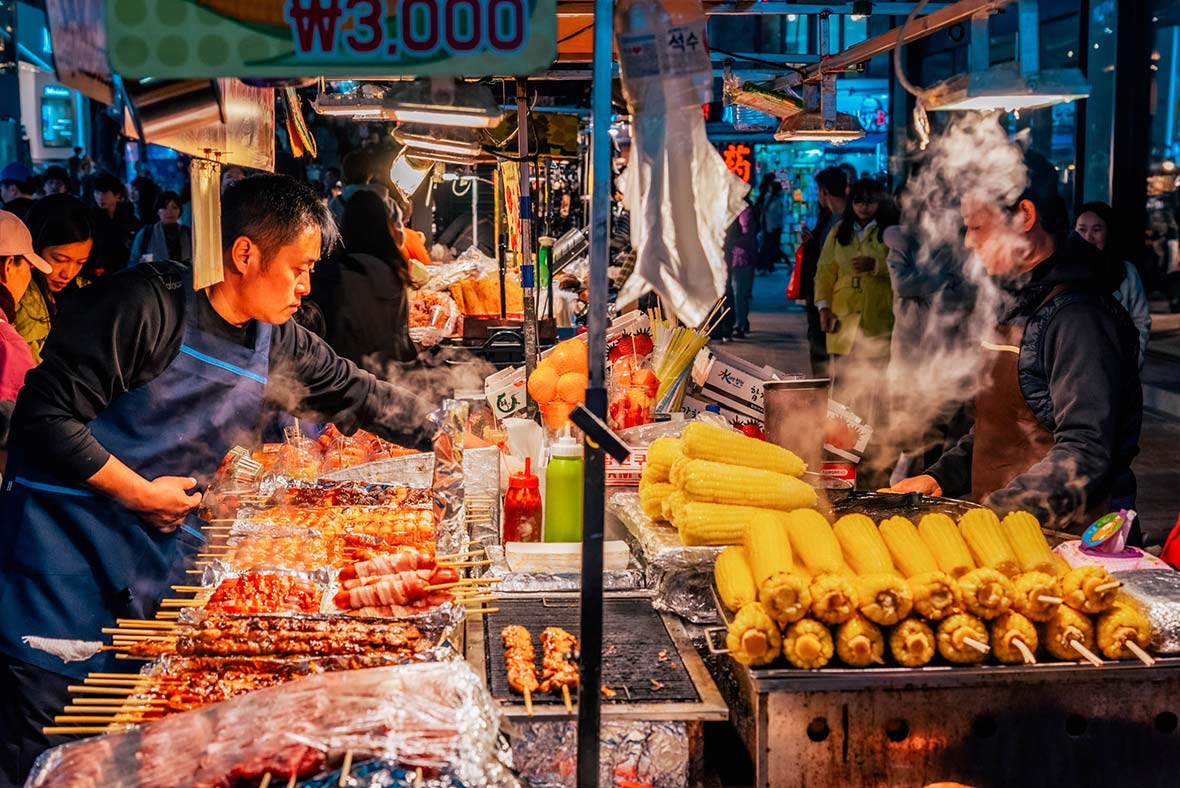
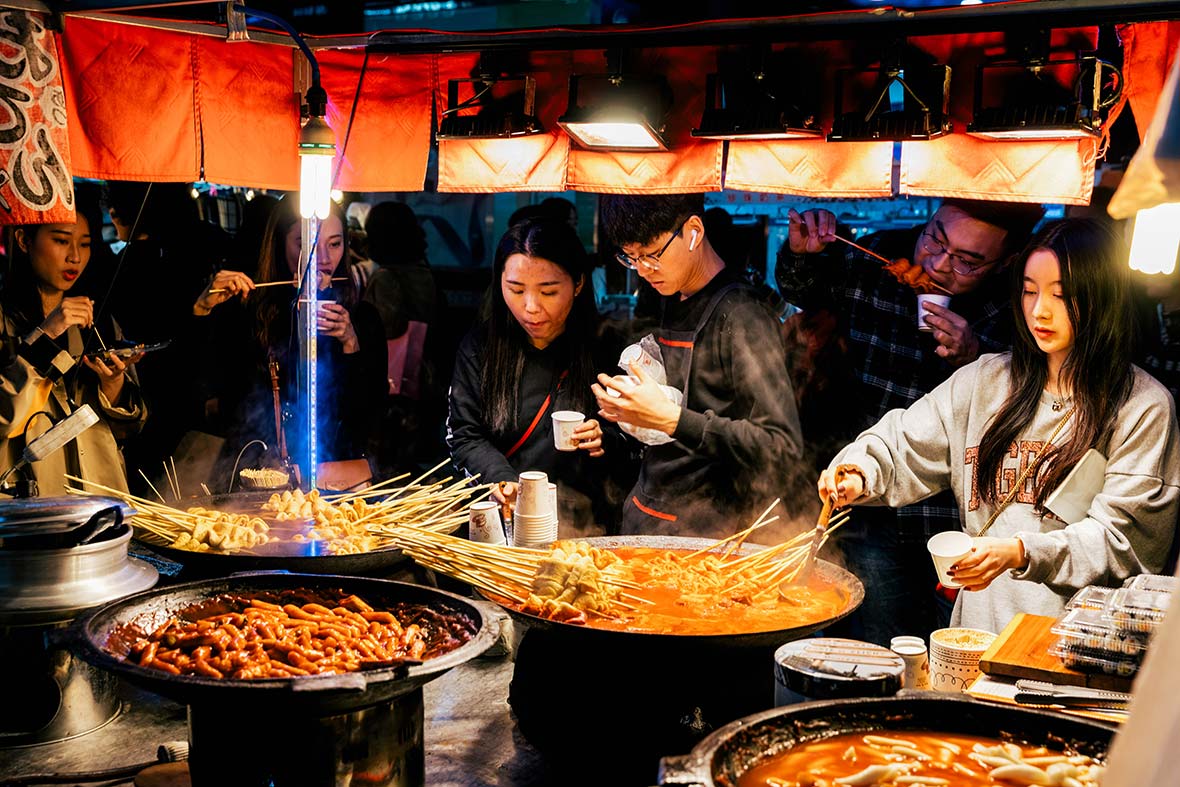
If you travel for food, all roads lead to Seoul. The capital city has a penchant for food and round-the-clock energy. Whenever hunger strikes, you’ll find something good to eat.
In the morning, join the local crowds at Gwangjang Market. The historic market provides Seoul residents fresh produce, pickles, noodles, and more. It’s also a great place to sample dishes like mandu (Korean dumplings) and tteokbokki (sauce-covered rice cakes). But since Gohyang Kalguksu’s knife-cut wheat noodles—a Gwangjang staple—were featured in Netflix’s Street Food Asia series, the market has seen a visitor surge. Go early to beat the rush.
At night, explore Myeongdong. Food stalls line the pulsing shopping district, dishing out grilled lobster, tteokgalbi (short rib patties), kimbap—Korea’s answer to maki—twigim (deep-fried vegetables), and more.
Outside of markets and street stalls, long-standing venues like Yeongdong Seolleongtang introduce you to treasured traditions. The decades-old, 24-hour shop serves just two items—seolleongtang, a hangover-beating, milky-white soup made with oxtail and brisket, and suyuk (steamed meat)—and it does both exquisitely.
The Finer Things
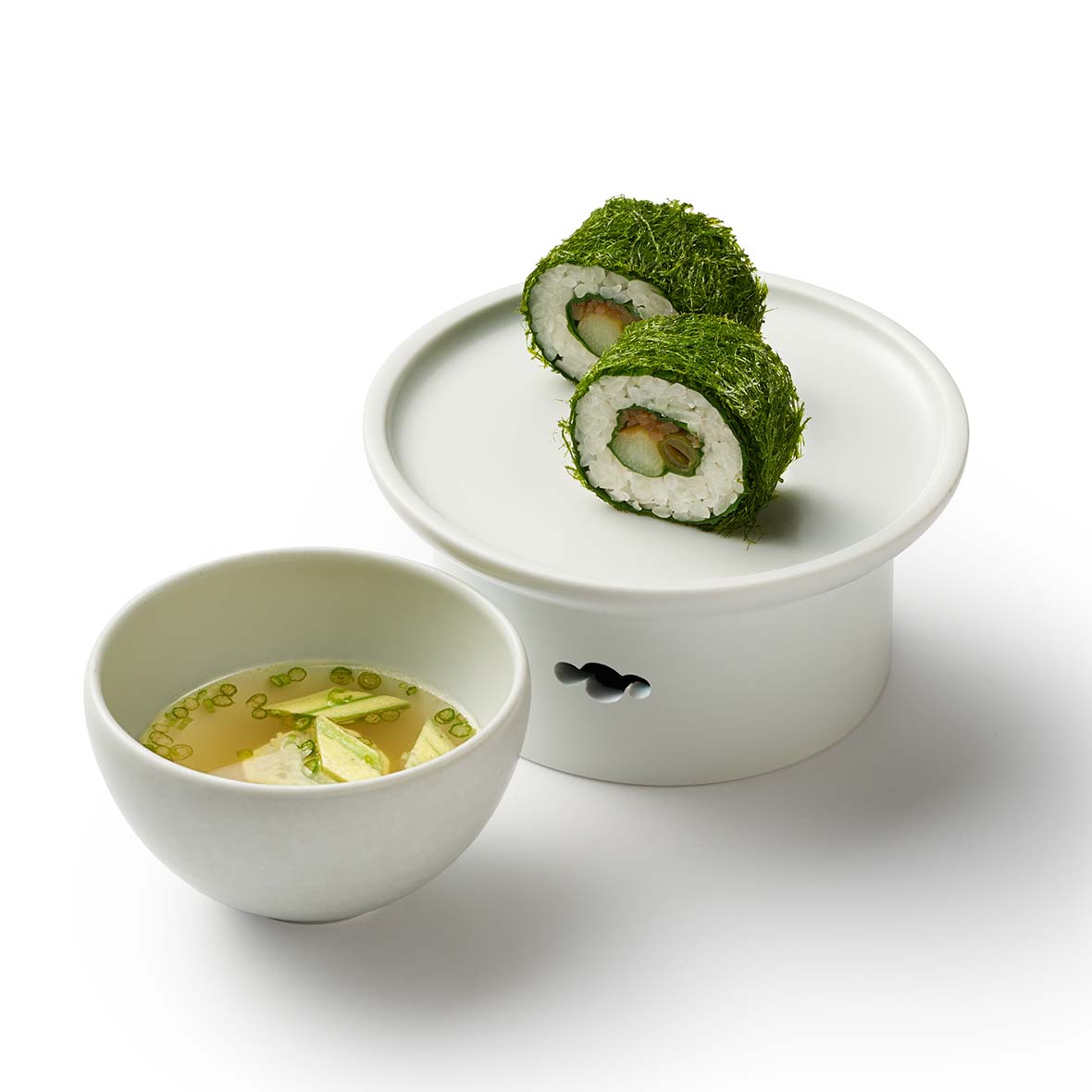
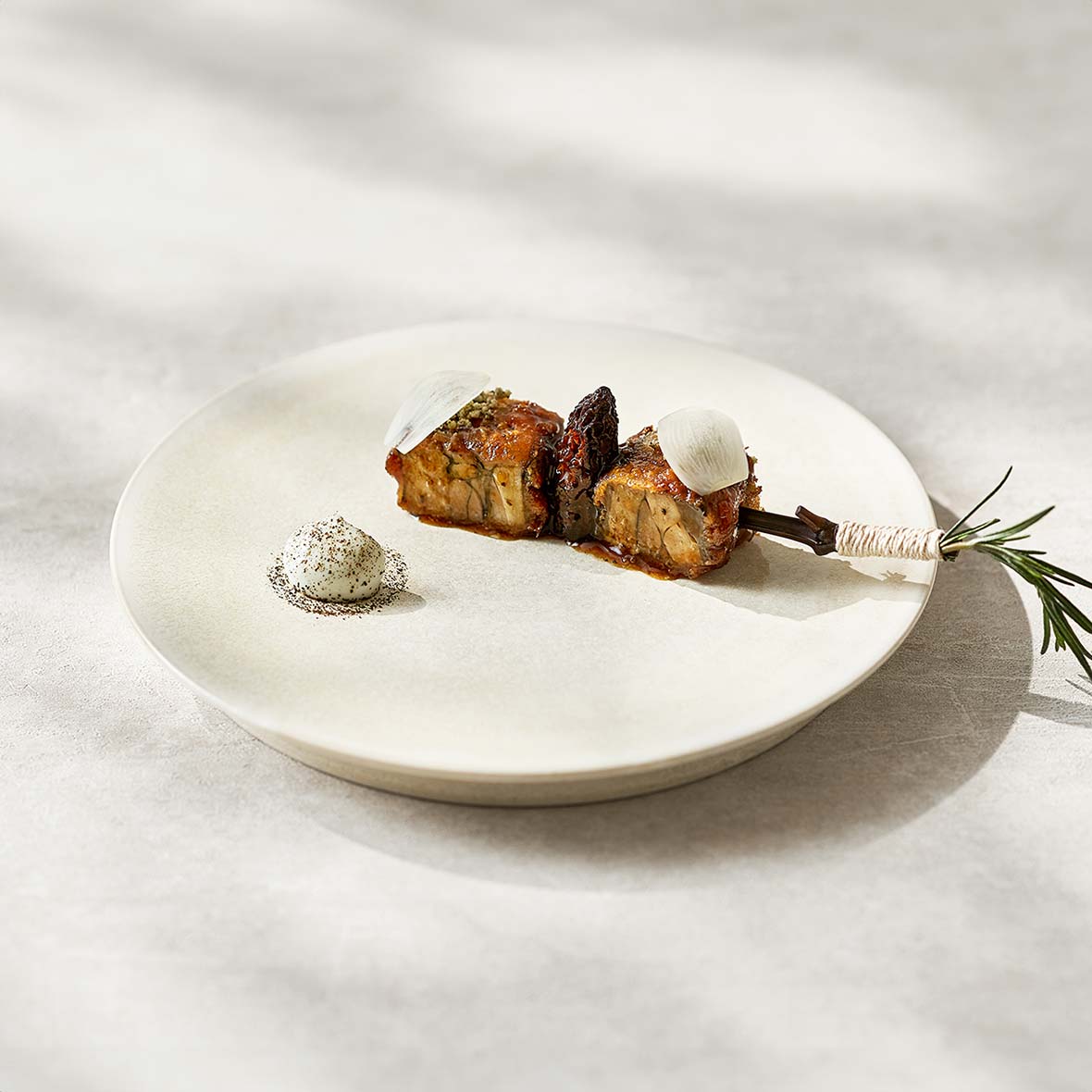


Korea’s high-end dining scene has skyrocketed in recent years. An ever-growing wave of chefs has demystified Korean ingredients, traditions, and techniques for global travelers, and their accolades have piled up.
Chef Mingoo Kang’s Mingles has led the way. Kang scours the country for traditional and seasonal ingredients that go into dishes like Jang Trio. The dessert, highlighting three different fermented soybean pastes, helped to catapult two-Michelin-starred Mingles to 44th on the World’s 50 Best Restaurants list in 2024.
If you have an appetite for diving deeper into Korean traditions, try The 7th Door, a restaurant that highlights fermentation and ageing; Jungsik, which employs molecular touches like spheres and foams to create the unexpected out of dishes like bibimbap; or La Yeon at The Shilla, a restaurant that cleaves to tradition, serving refined Korean fare like galbi jjim (braised short ribs) and sot bap (mushroom rice with red miso cooked in an earthenware pot).
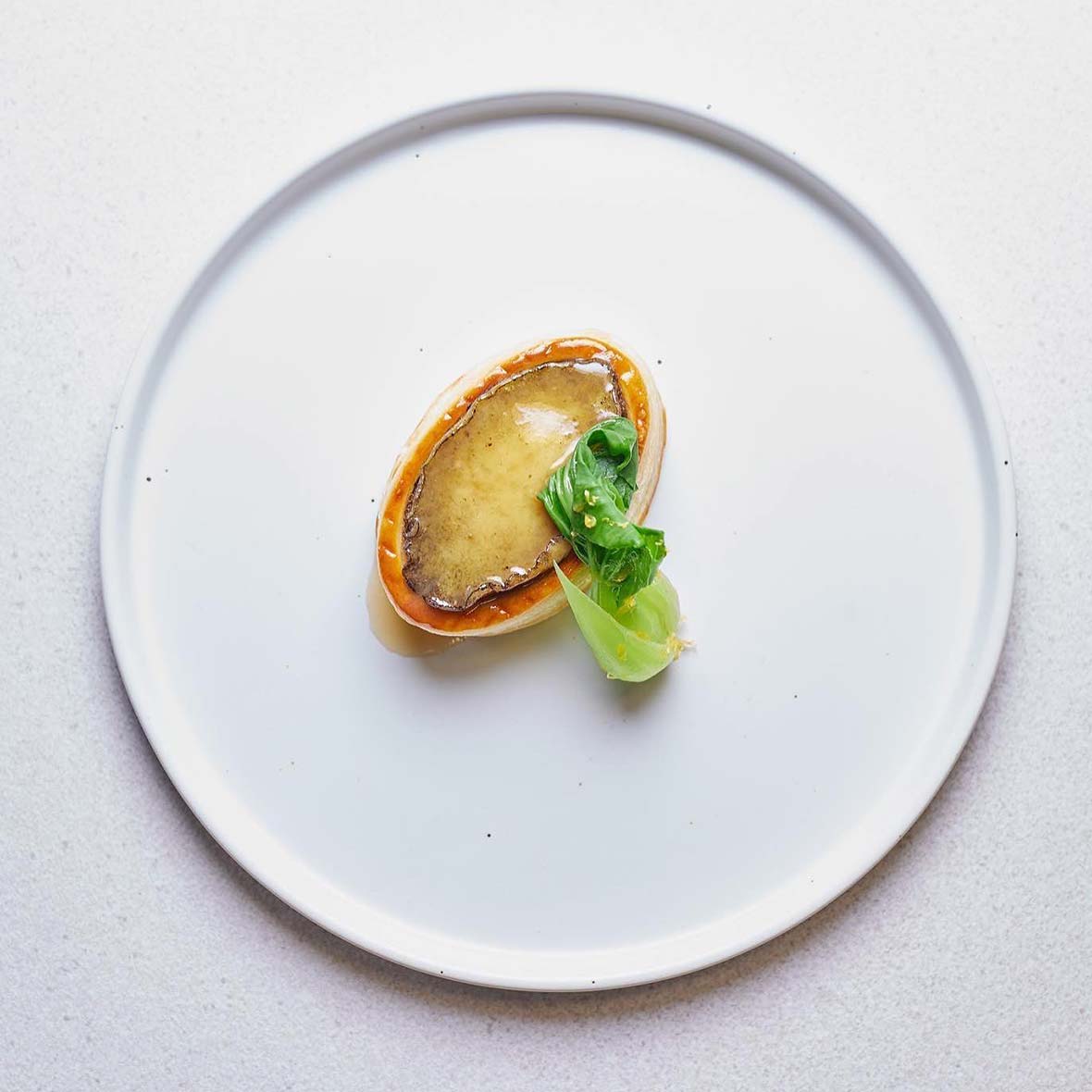
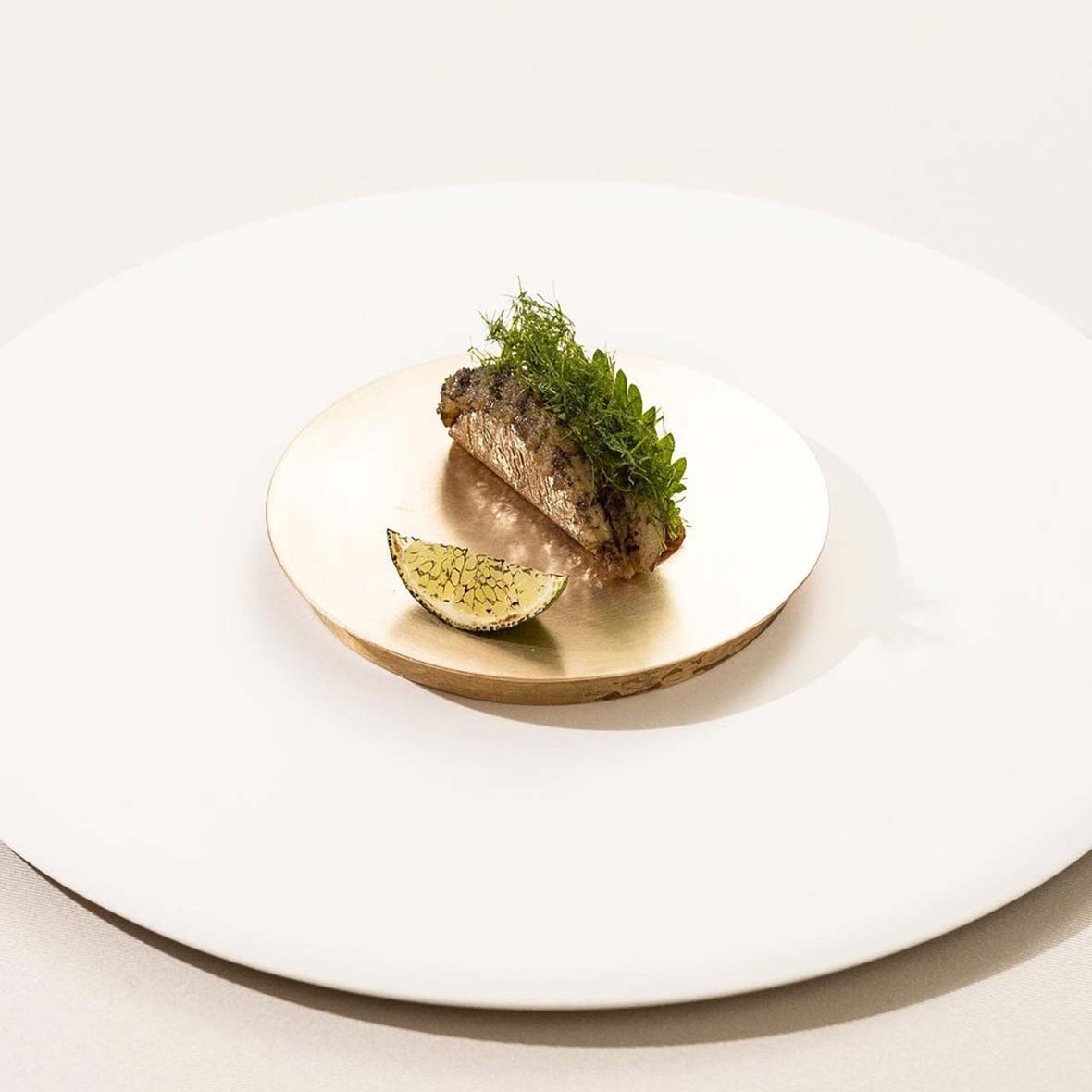

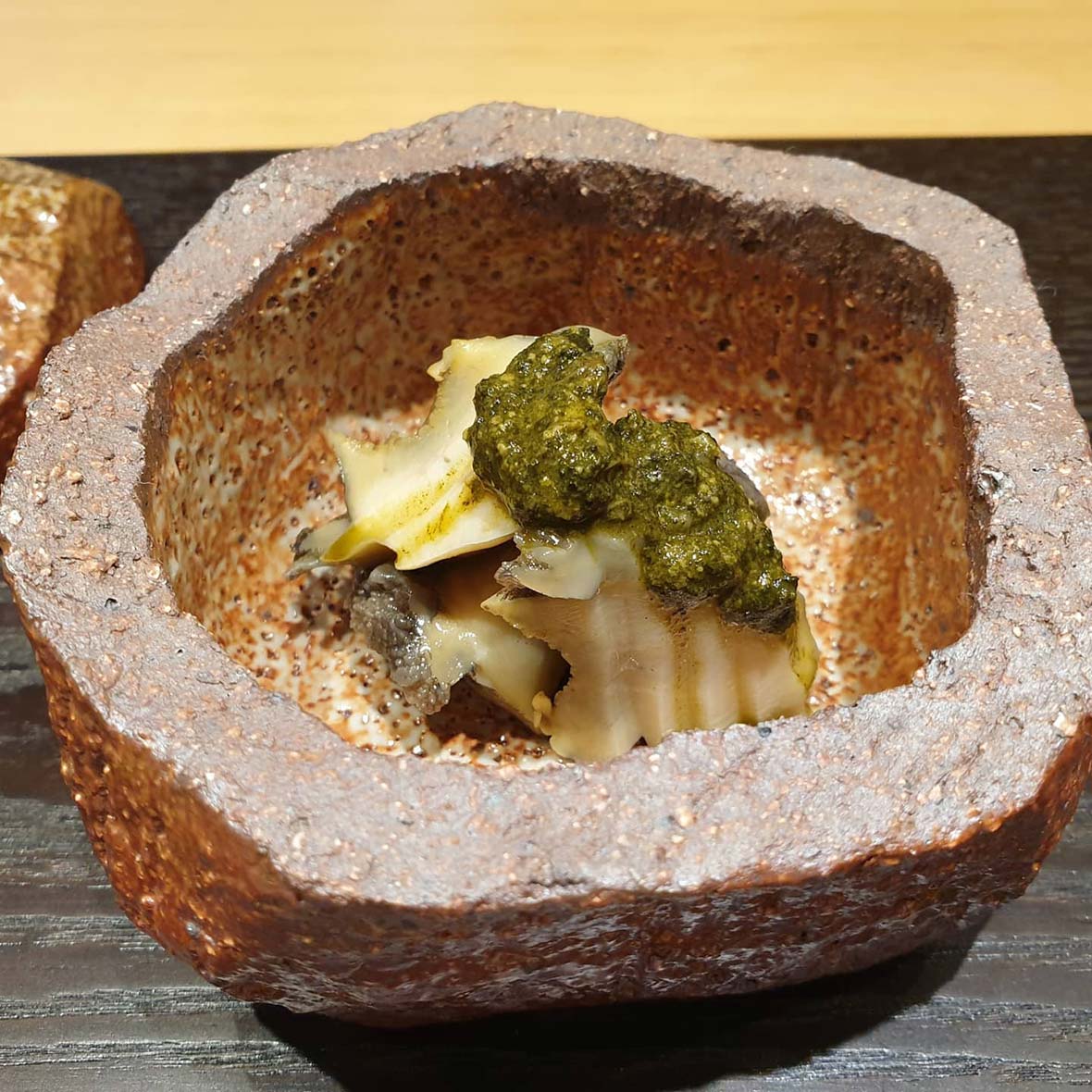
And while it is temporarily closed, Mosu is a can’t-miss when it reopens. Chef Sung Ahn emphasizes local ingredients ranging from homegrown vegetables to burdock root in his expert tasting menus.
With the arrival of Michelin in 2024, Busan is now enjoying its time in the limelight.
Three Busan restaurants earned a star this year: French fine dining venue Palate, kaiseki specialist Mori, and pasta-focused Fiotto. While none favor Korean fare, you can eat at tent restaurants—a truly local experience—and Jagalchi seafood market to try Busan specialties like milmyeon (cold noodles) and hoe (sliced raw seafood)
Raising the Bar
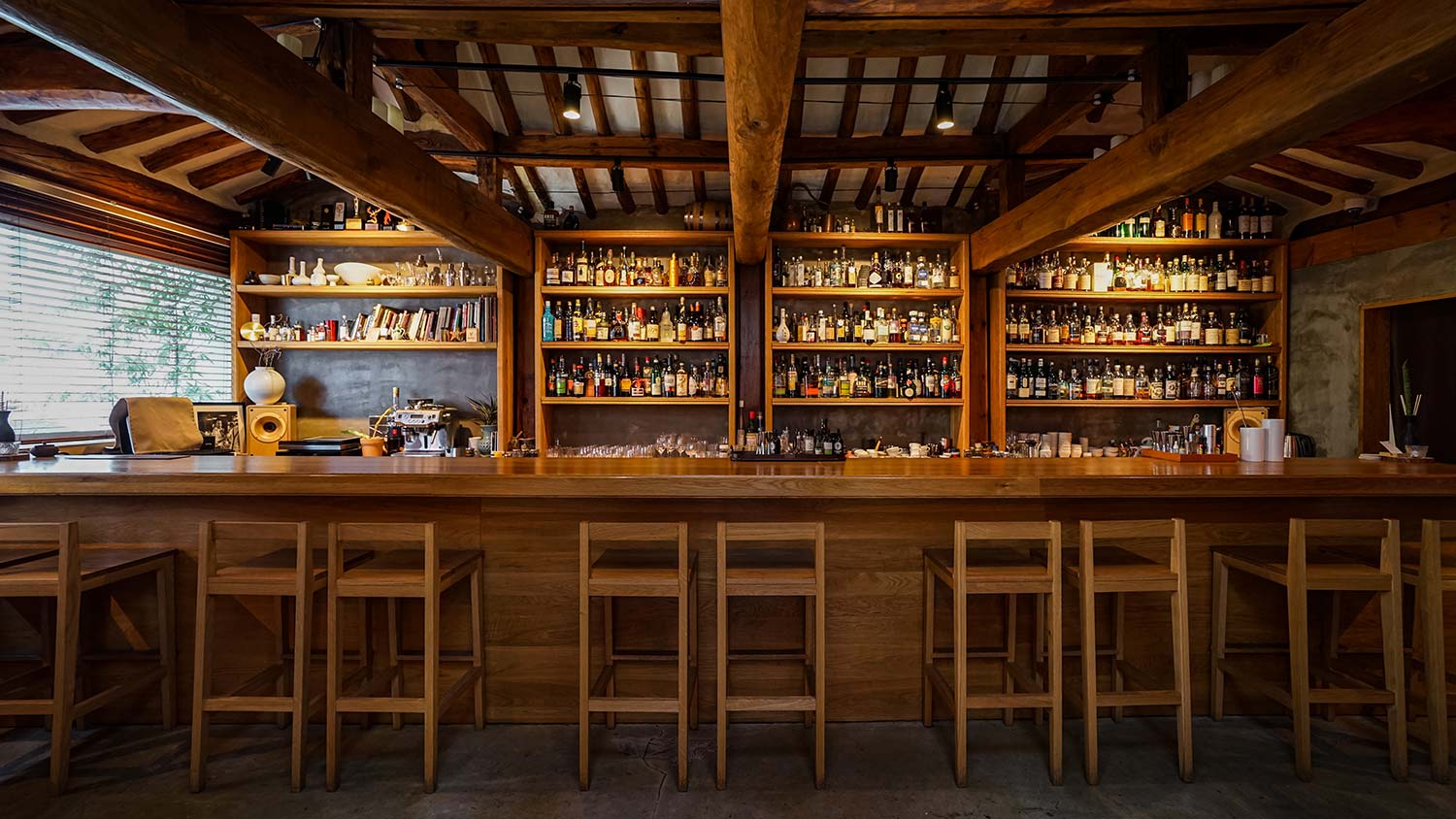
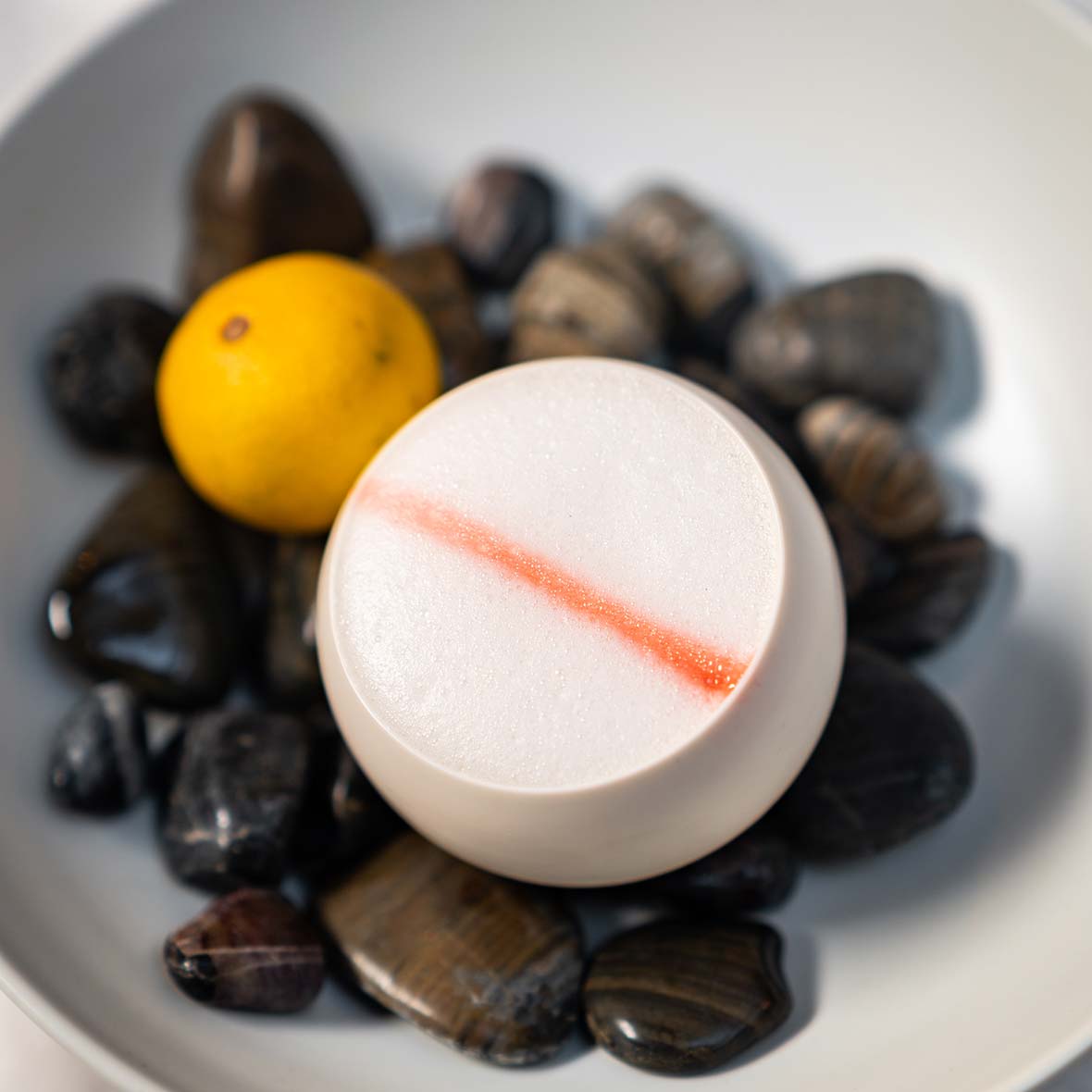
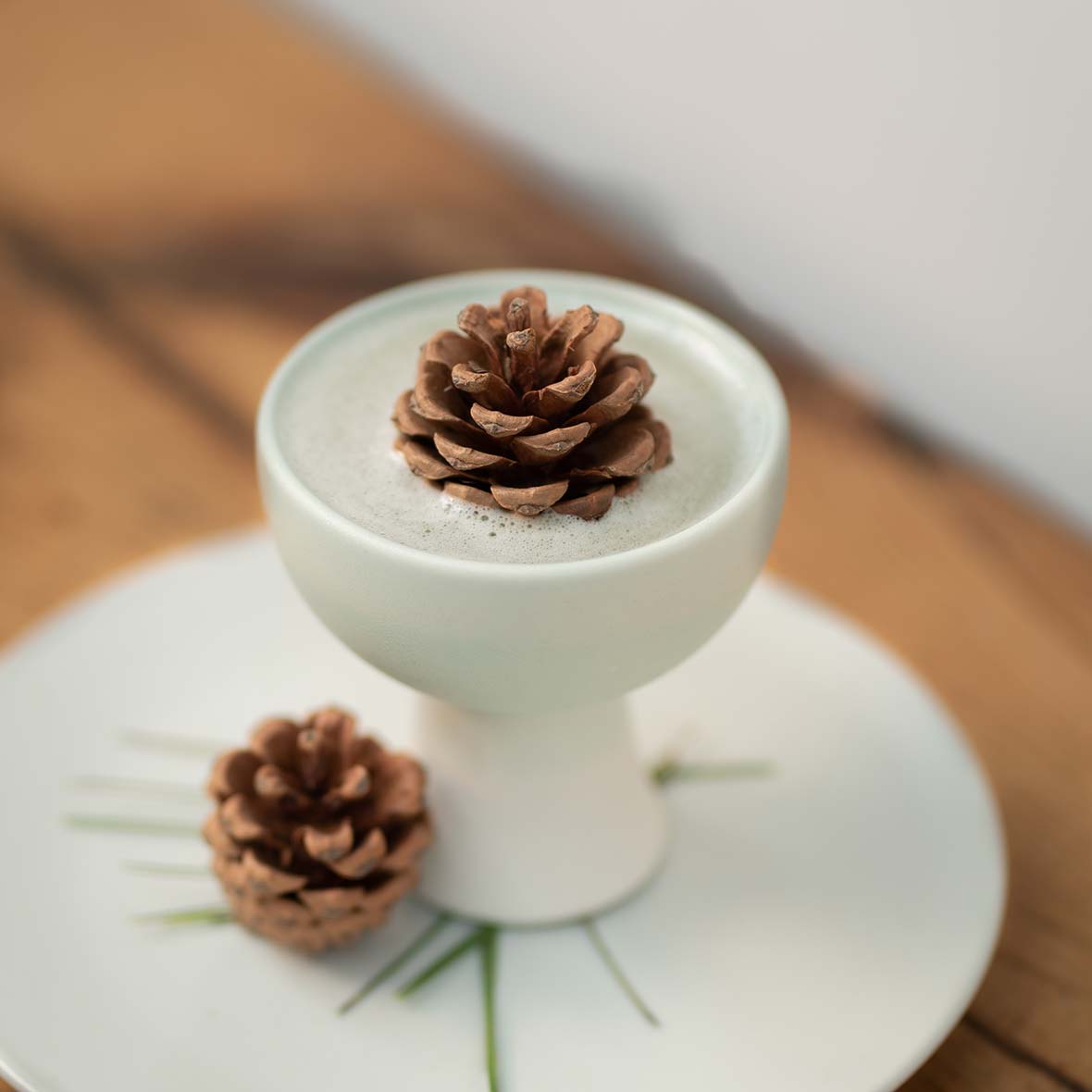
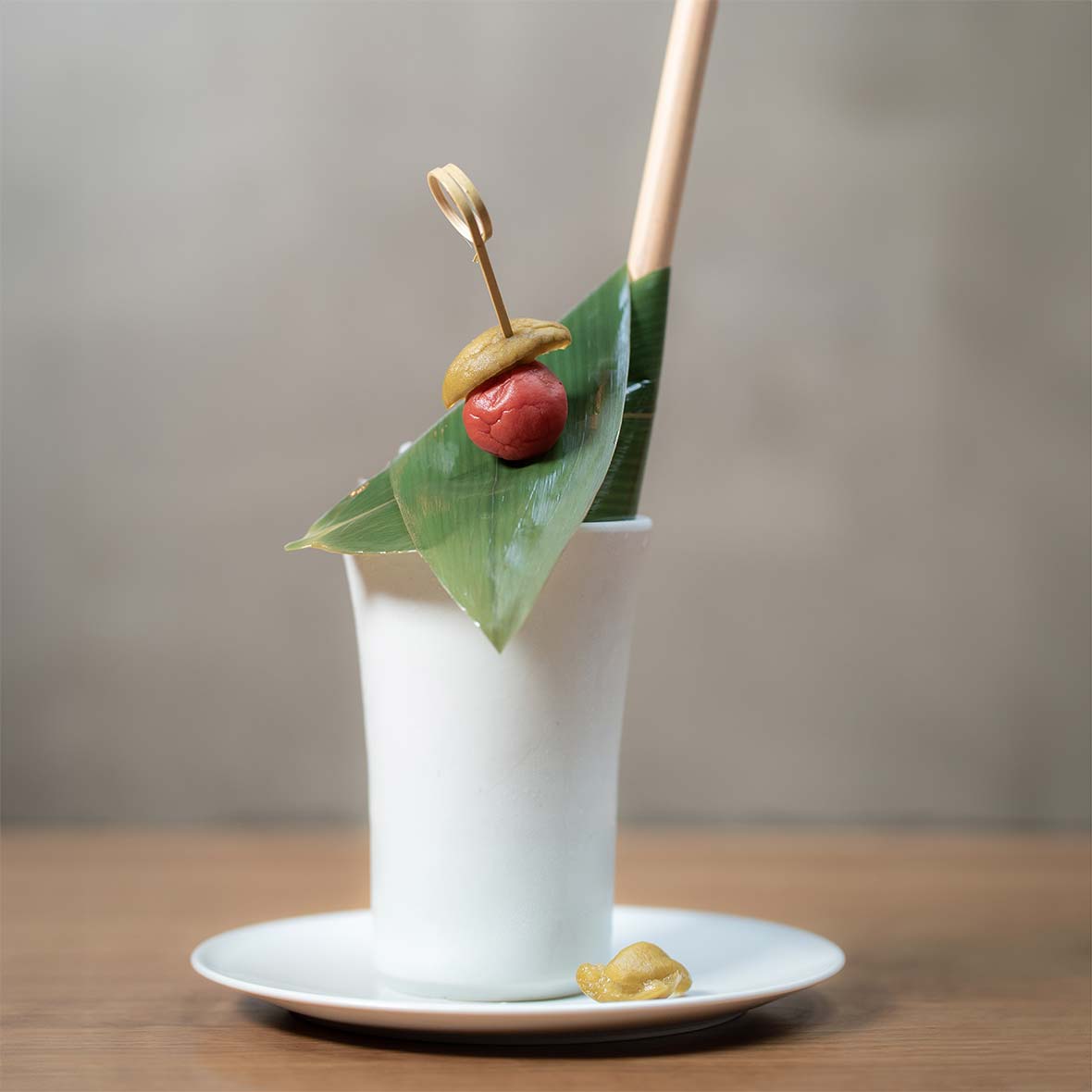
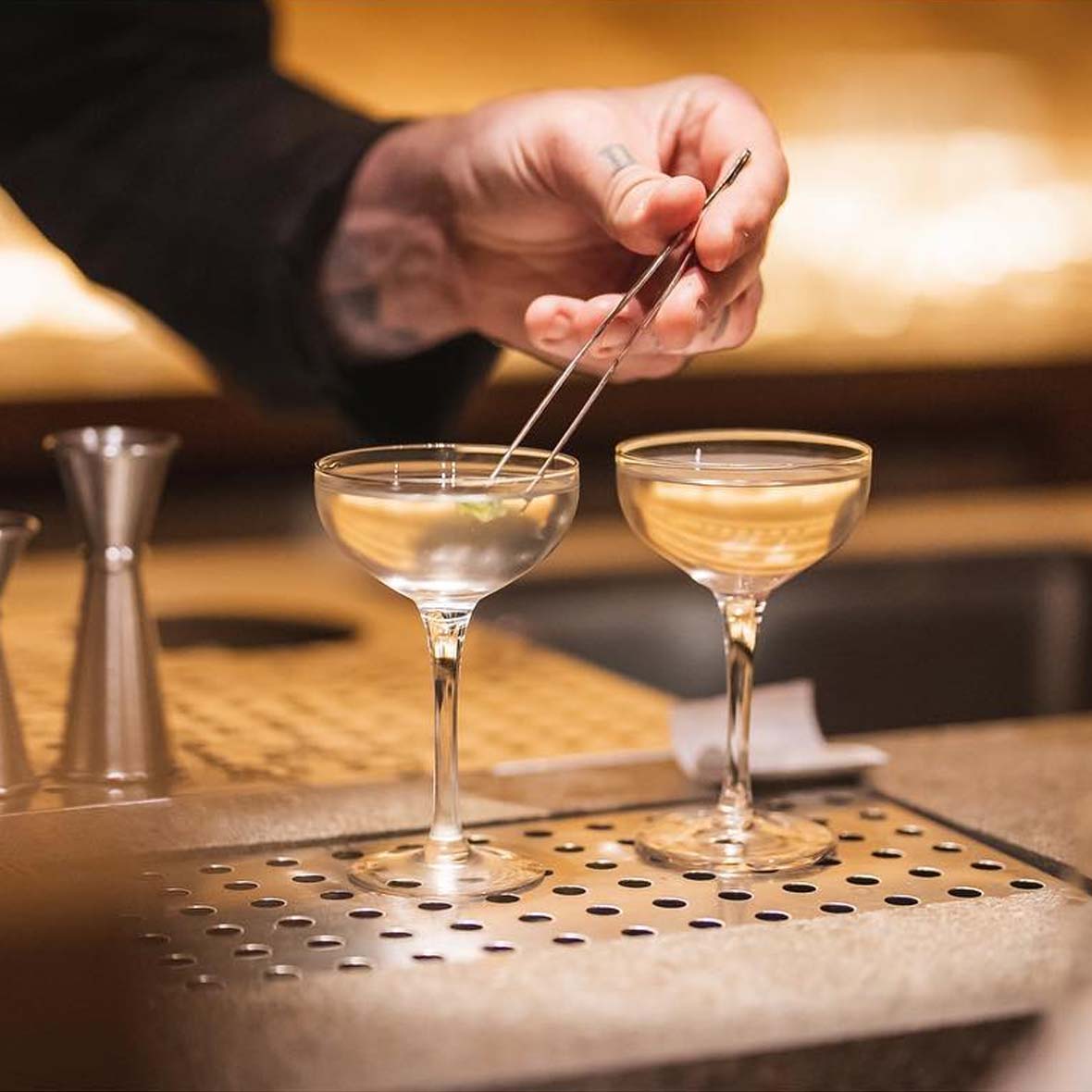
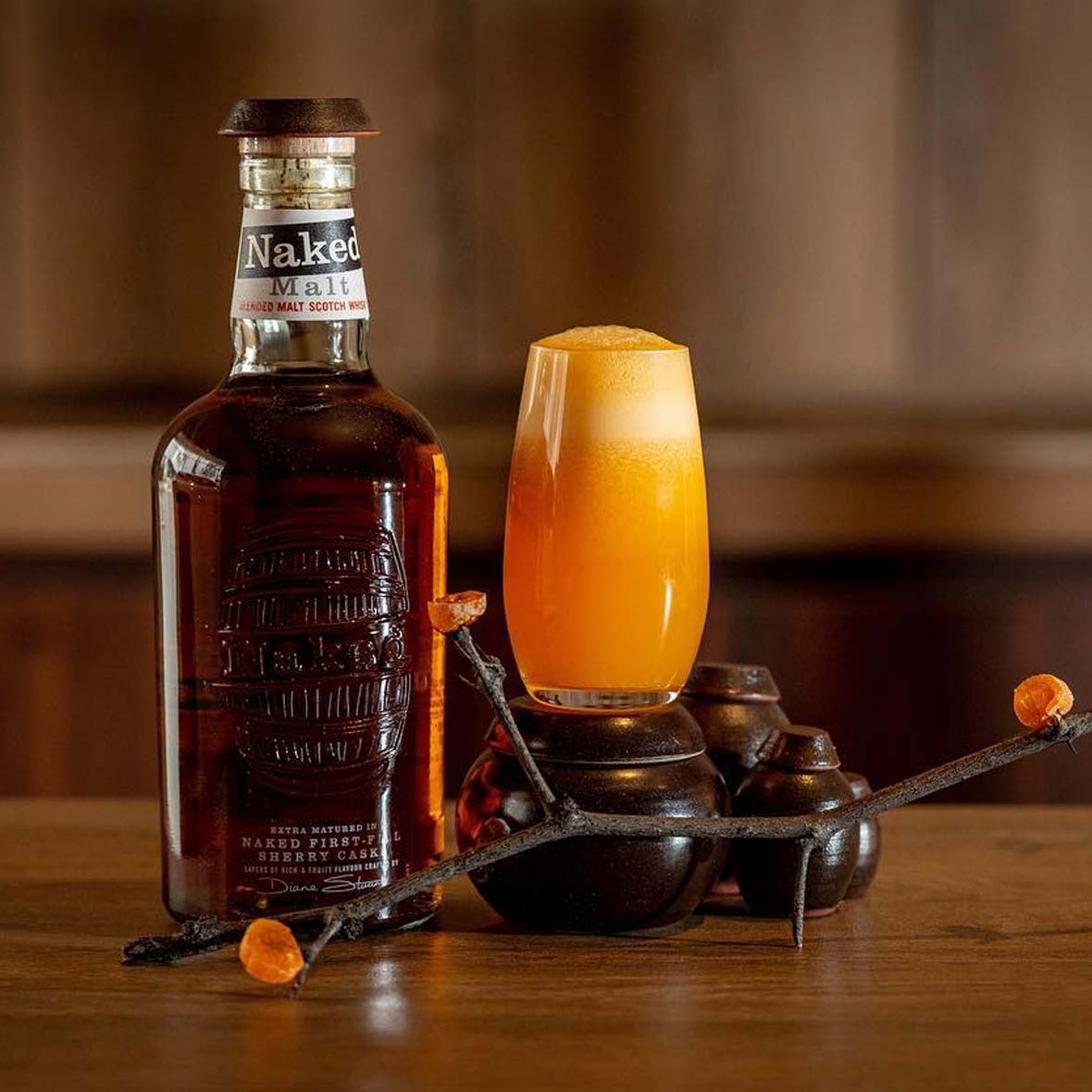


Alongside this red-hot food scene comes a bar game that can compete with the best in Asia.
A whopping eight venues in Seoul appeared on the most recent Asia’s 50 Best Bars list. Many of them keep the focus on Korean culture, too.
Visit Bar Cham for cocktails based on Korean spirits – including some featuring homemade soju bitters – plus a handsome, oak-heavy setting built within a hanok (traditional Korean house).
Many, however, simply offer great drinks made with an exacting eye and Korea’s signature sense of fun. To try some of the best drinks Seoul has to offer, go to sustainability-driven Zest—number 5 on Asia’s 50 Best Bars list last year—follow the white rabbit to Lewis Carroll-inspired Alice, or join the fashionable crowds at Soko, a Roaring Twenties-themed bar where the bartenders are always suited, booted, and ready to serve.
Lifting Korea’s Spirits
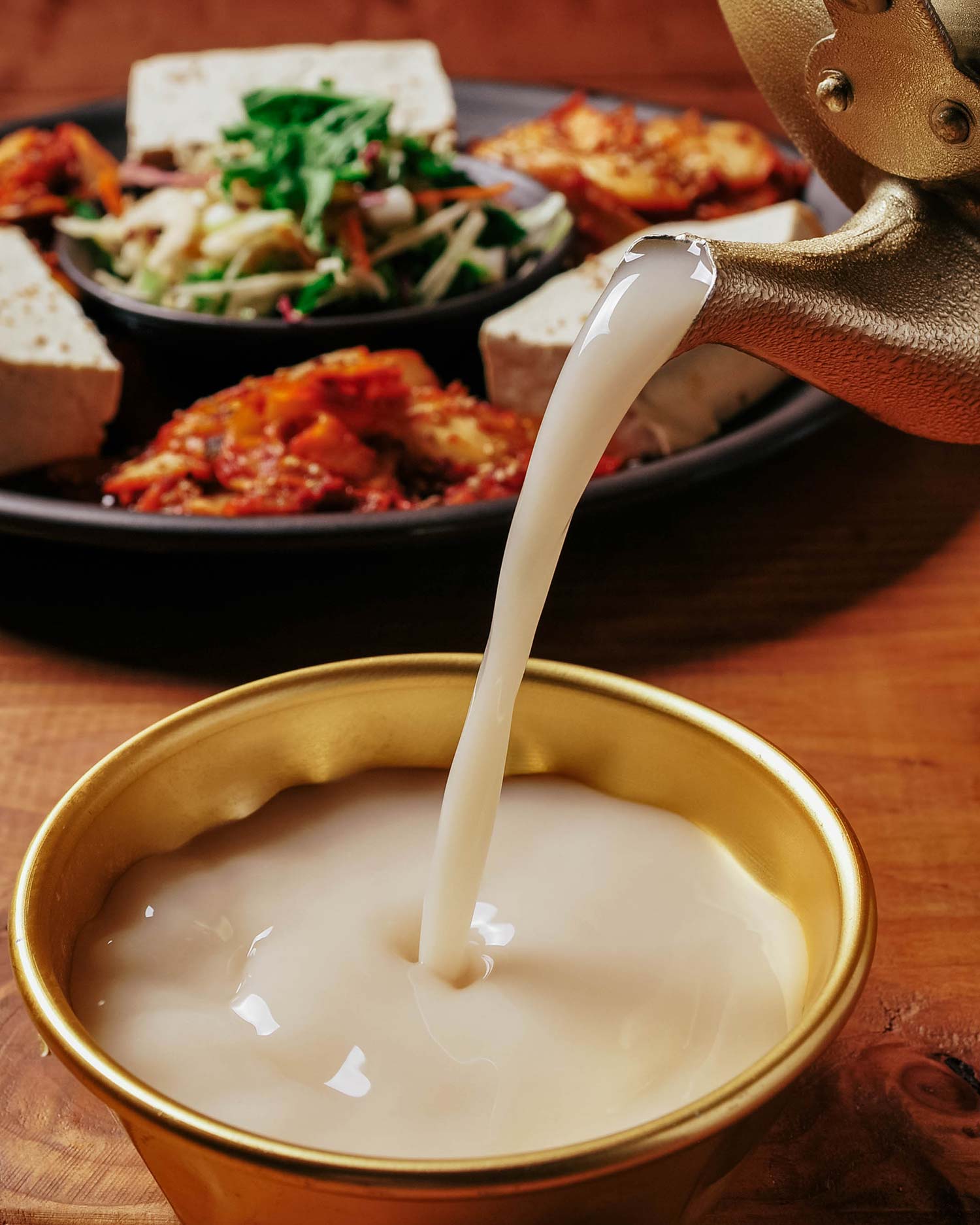
Some of the more interesting developments in Korea’s bar scene have emerged from its craft movement.
Makgeolli (fizzy, unrefined rice wine) has enjoyed a renaissance over the past decade. The best place to try it is arguably Jeonju.
A town with well-preserved timber hanok, Jeonju is full of makgeolli bars, served in aluminium tea kettles alongside tasty side dishes, a tradition called anju. Jeonju is also believed to be the birthplace of bibimbap, making it a welcome stop for those who like heritage, food, and drinks in equal measure.
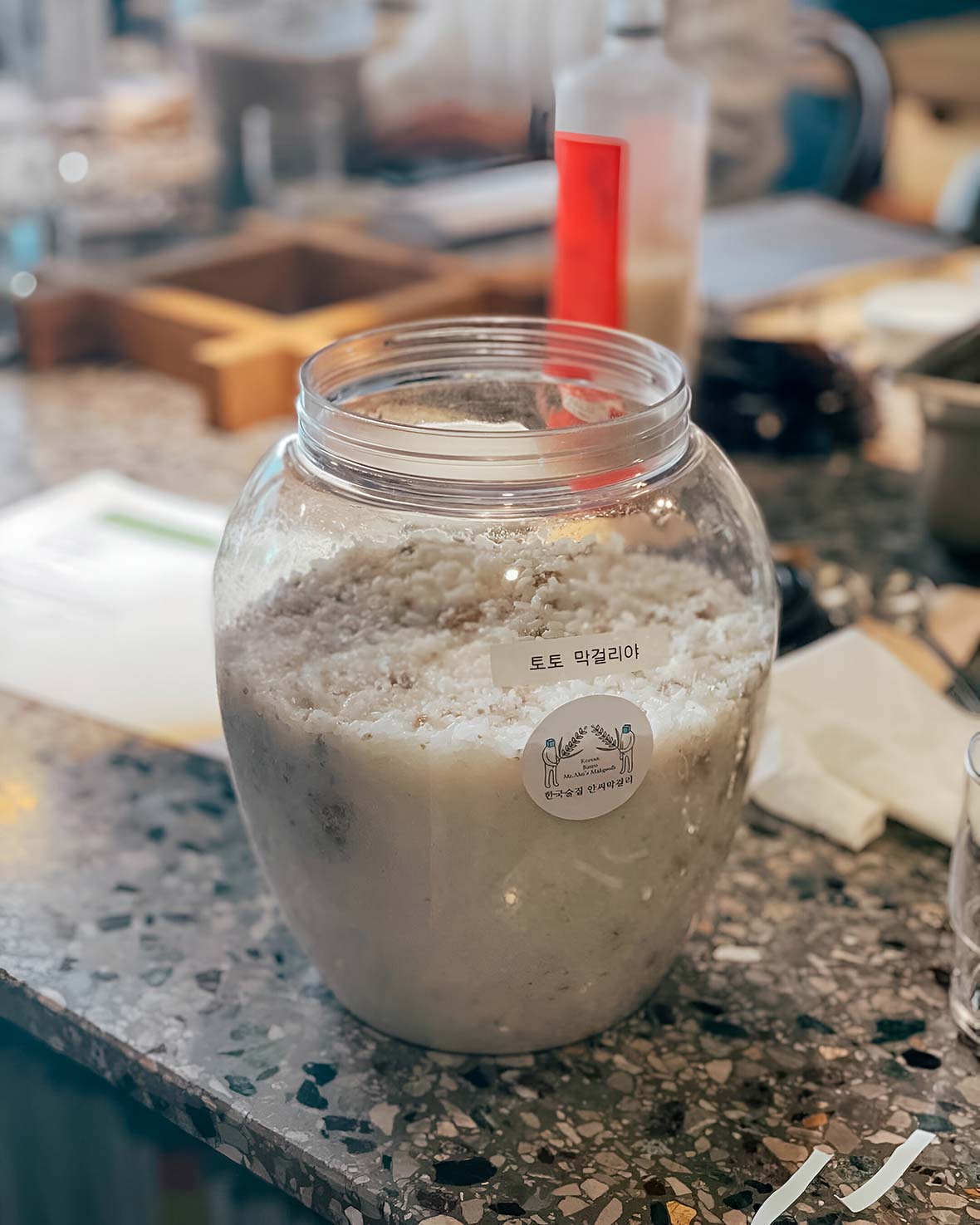

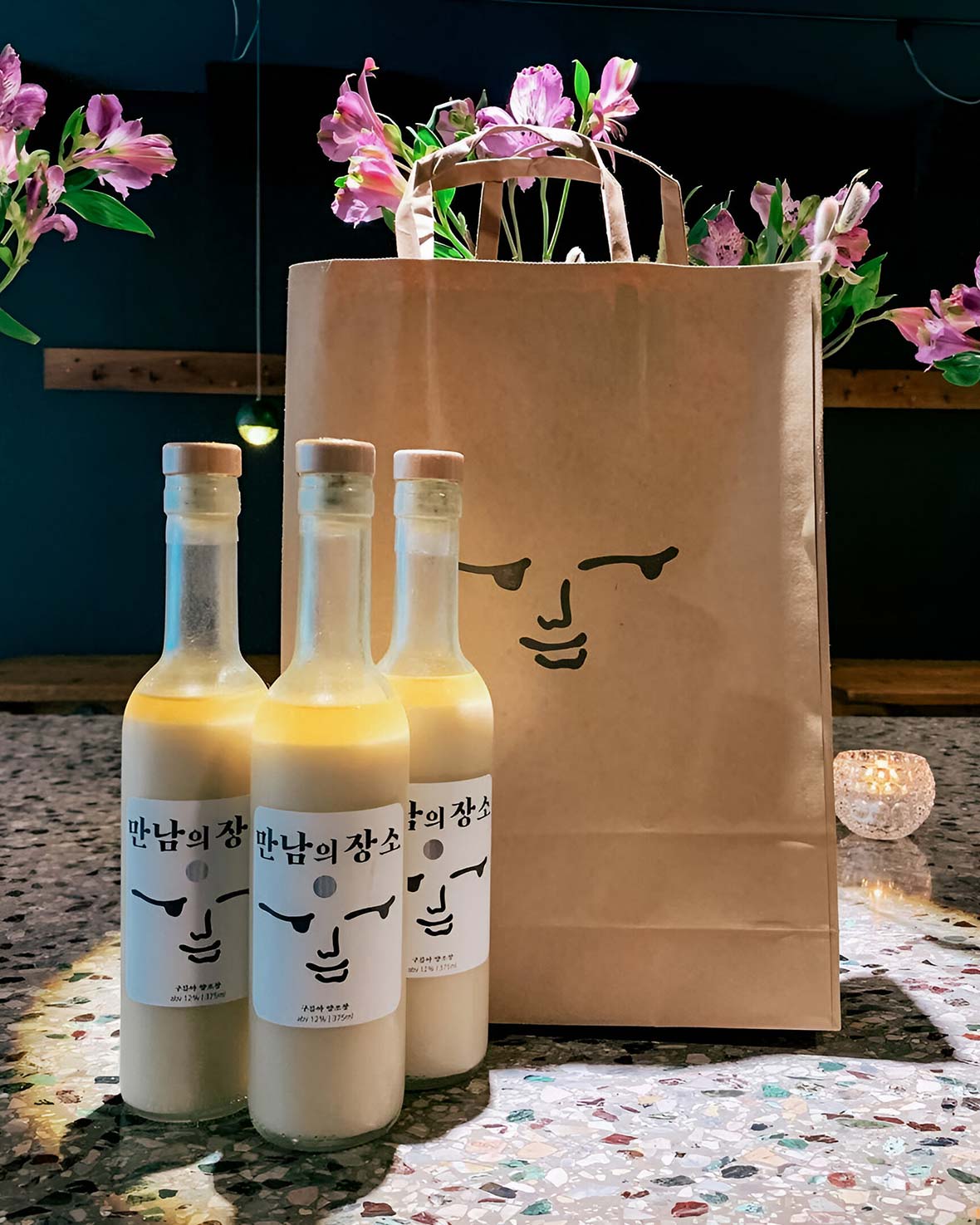
You can also find makgeolli at funky, food-driven bars across Seoul. Go to Damotori H in Yongsan for makgeolli tasting platters — including hard-to-find versions like black bean — paired with a wide range of anjulike kimchi pancakes. Or try nearby Mr Ahn’s Craft Makgeolli, a gastropub that has earned Michelin Bib Gourmand status for its anju, makegeolli,and cheongju (clear, refined rice wine).
To try the full range of Korean spirits, though, visit Namsan Sool Club in Itaewon. Named after the Korean word for alcohol, sool, the bar offers 80-plus local spirits by the glass.
Of course, if you get tired of spirits, there’s always Korea’s tried and true tradition: somaek, a shot of soju dropped into a glass of beer. Grab a seat at the liveliest restaurant you can find, order a bottle of soju and a Cass beer, and toast to a roving feast through Korea’s incredible culinary landscape.
